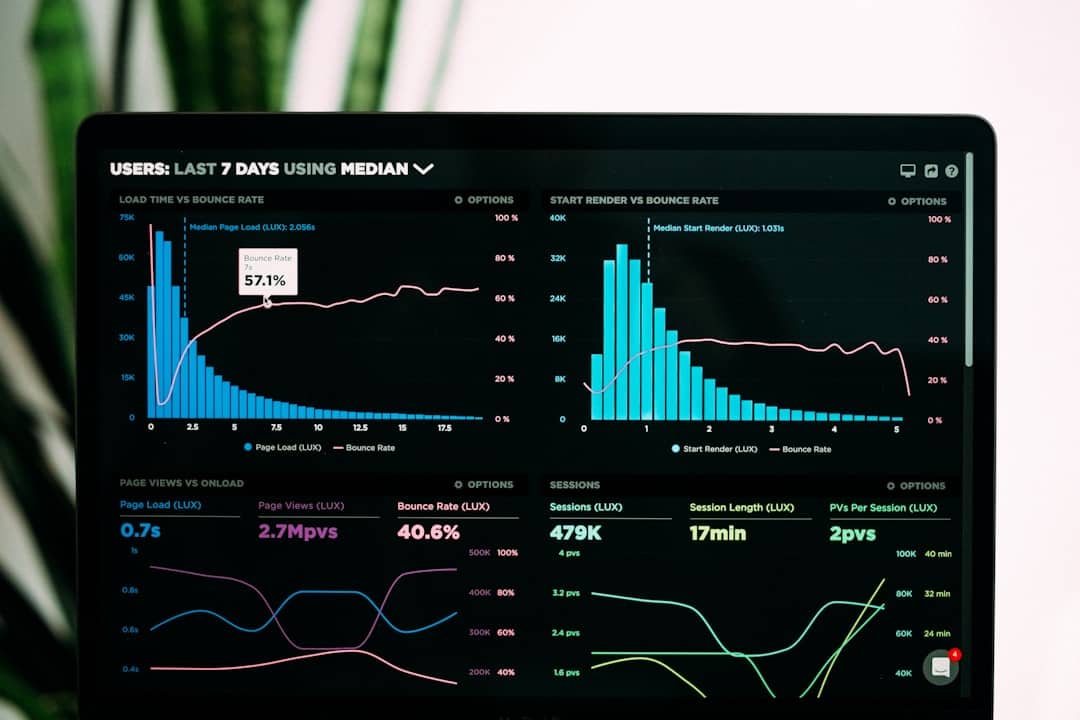Fully Convolutional Networks (FCNs) are a class of deep learning algorithms that have revolutionized image processing and computer vision tasks. Developed in 2015 by Jonathan Long, Evan Shelhamer, and Trevor Darrell, FCNs are specifically designed to handle visual data such as images and videos. Unlike traditional Convolutional Neural Networks (CNNs) that primarily focus on image classification, FCNs excel at pixel-level tasks, including image segmentation and object detection.
The key innovation of FCNs lies in their ability to preserve spatial information throughout the network architecture. This is achieved through the use of fully convolutional layers, which maintain the spatial dimensions of the input data during feature extraction and classification processes. As a result, FCNs can generate dense, pixel-wise predictions for tasks that require fine-grained spatial understanding.
Since their introduction, FCNs have found widespread applications in various fields, including medical imaging, autonomous vehicles, and robotics. Their ability to perform accurate pixel-level analysis has made them particularly valuable in scenarios where precise spatial information is crucial, such as tumor detection in medical scans or obstacle identification in self-driving cars.
Key Takeaways
- FCN is a type of neural network designed for processing and analyzing images.
- FCN plays a crucial role in image processing by enabling end-to-end learning and pixel-level predictions.
- The advantages of using FCN in AI include its ability to handle images of any size and its capability to preserve spatial information.
- FCN is widely used in image segmentation applications, allowing for precise identification and delineation of objects within an image.
- FCN is also utilized in object detection and recognition tasks, enabling accurate identification and classification of objects within an image.
Understanding the Role of FCN in Image Processing
Image Segmentation
Image segmentation is the process of dividing an image into multiple segments or regions based on certain criteria, such as color, texture, or shape. This task is particularly challenging because it requires the network to accurately identify and delineate the boundaries of objects within an image.
FCN’s Advantages in Image Segmentation
FCN excels in image segmentation by leveraging its fully convolutional architecture to produce pixel-wise predictions, allowing for precise segmentation of objects within an image.
Object Detection and Recognition
Furthermore, FCN is also widely used for object detection and recognition, which involves identifying and classifying objects within an image. FCN overcomes the limitations of traditional CNNs by using transposed convolutions to upsample feature maps and generate high-resolution predictions, enabling accurate localization and recognition of objects within an image.
The Advantages of Using FCN in AI
There are several advantages to using FCN in the field of artificial intelligence. One of the key advantages is its ability to handle pixel-level tasks, such as image segmentation and object detection, which are essential for a wide range of applications, including medical imaging, satellite imagery analysis, and autonomous driving. By preserving spatial information throughout the network architecture, FCN is able to produce highly accurate and detailed predictions, making it well-suited for tasks that require precise localization and segmentation of objects within an image.
Another advantage of FCN is its flexibility and scalability. Unlike traditional CNNs, which are designed for fixed-size inputs and produce fixed-size outputs, FCN can accept inputs of any size and produce outputs that are dynamically scaled to match the input dimensions. This makes FCN well-suited for processing images of varying sizes and resolutions, making it a versatile solution for a wide range of applications.
Applications of FCN in Image Segmentation
| Application | Description |
|---|---|
| Semantic Segmentation | FCN is used to label each pixel in an image with a class label, enabling understanding of the context of objects in the image. |
| Instance Segmentation | FCN can be used to not only label each pixel with a class, but also differentiate between different instances of the same class, providing more detailed segmentation. |
| Medical Image Segmentation | FCN is applied to segment medical images such as MRI or CT scans to identify and analyze specific structures or abnormalities. |
| Object Detection | FCN can be used to generate object masks for detected objects, enabling precise localization and segmentation of objects in an image. |
Image segmentation is one of the most important applications of FCN in image processing. By accurately delineating the boundaries of objects within an image, image segmentation enables a wide range of applications, including medical image analysis, scene understanding, and video processing. FCN has been successfully applied to medical imaging tasks such as tumor detection and organ segmentation, where precise localization and segmentation of anatomical structures are critical for diagnosis and treatment planning.
In addition to medical imaging, FCN has also been used for semantic segmentation in autonomous vehicles, enabling real-time analysis of the surrounding environment to detect and classify objects such as pedestrians, vehicles, and road signs. Furthermore, FCN has been applied to satellite imagery analysis for land cover classification and urban planning, where accurate segmentation of land use patterns is essential for environmental monitoring and urban development.
FCN in Object Detection and Recognition
FCN is also widely used for object detection and recognition tasks, where it excels in accurately localizing and classifying objects within an image. Object detection is a fundamental task in computer vision, with applications ranging from surveillance and security to augmented reality and robotics. FCN’s ability to produce pixel-wise predictions enables precise localization of objects within an image, making it well-suited for tasks that require accurate detection and recognition of objects.
In addition to object detection, FCN is also used for instance segmentation, which involves identifying and delineating individual instances of objects within an image. This task is particularly challenging because it requires the network to accurately separate overlapping objects and produce distinct segmentations for each instance. FCN’s fully convolutional architecture enables it to produce detailed predictions at a pixel level, making it well-suited for instance segmentation tasks in applications such as robotics and industrial automation.
The Future of FCN in AI and Image Processing
The future of FCN in artificial intelligence and image processing looks promising, with ongoing research and development focused on further improving its capabilities and expanding its applications. One area of active research is the integration of attention mechanisms into FCN architectures, which can enhance its ability to focus on relevant regions within an image and improve its performance in tasks such as object detection and recognition. Furthermore, there is growing interest in leveraging FCN for video processing tasks, such as action recognition and video segmentation.
By extending its capabilities to handle temporal data, FCN has the potential to revolutionize video analysis applications, including surveillance systems, video content understanding, and human-computer interaction.
The Impact of FCN on the Field of Image Processing and AI
In conclusion, Fully Convolutional Network (FCN) has had a significant impact on the field of image processing and artificial intelligence. Its ability to handle pixel-level tasks such as image segmentation and object detection has made it a valuable tool for a wide range of applications, including medical imaging, autonomous vehicles, and robotics. With ongoing research focused on enhancing its capabilities and expanding its applications, FCN is poised to play a key role in the future development of AI and image processing technologies.
Its flexibility, scalability, and ability to preserve spatial information make it a versatile solution for addressing complex visual data analysis challenges, making it an indispensable tool for researchers and practitioners in the field.
If you’re interested in learning more about the applications of fully convolutional networks in the field of computer vision, you might want to check out this interview with a leading expert in the field. The article discusses how fully convolutional networks are revolutionizing image recognition and object detection, and provides insights into the future of this technology in various industries.
FAQs
What is a fully convolutional network (FCN)?
A fully convolutional network (FCN) is a type of neural network that is designed for semantic segmentation tasks, where the goal is to classify each pixel in an image into a specific category.
How does a fully convolutional network differ from other types of neural networks?
Unlike traditional neural networks, which are designed for classification tasks, FCNs preserve spatial information by using only convolutional layers and avoiding fully connected layers. This allows FCNs to output a segmentation map with the same spatial dimensions as the input image.
What are the applications of fully convolutional networks?
Fully convolutional networks are commonly used in computer vision tasks such as image segmentation, object detection, and image-to-image translation. They are also used in medical imaging for tasks such as tumor detection and organ segmentation.
What are the advantages of using a fully convolutional network?
FCNs are advantageous for tasks that require pixel-level classification, as they can efficiently process and analyze images while preserving spatial information. They are also capable of handling images of varying sizes without the need for resizing or cropping.
What are some limitations of fully convolutional networks?
One limitation of FCNs is that they may require a large amount of training data to achieve high performance. Additionally, they can be computationally intensive, especially when processing high-resolution images. Regularization techniques may be necessary to prevent overfitting.











Leave a Reply